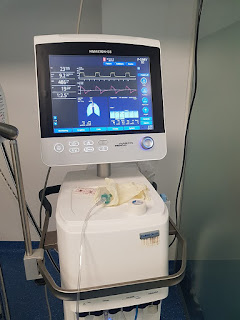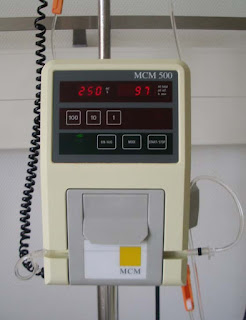Hi friends!!!
WHAT IS COCHLEAR IMPLANT?
Cochlear implant is a complex electronic device which helps to provide a sense of sound to a person who is profoundly deaf or severely affected by hearing loss. The cochlear implants does no restore normal hearing, instead it can give a useful representation of environmental sounds and provide better understanding of speech. Hearing aids will only amplify the sound, whereas cochlear implants bypass the damaged parts and deliver sound signals directly to the auditory nerve. The cochlear implants replace the function of damaged sensory hair cells inside the inner ear.
HOW DOES EAR WORKS?
The outer ear Pinna gather sounds from the environment and directs it into the ear canal. Ear drum is present at the end of ear canal. Ear drum vibrates, when sounds hit the ear drum through ear canal. There are three tiny bones in the ear called hammer, anvil and stapes. These tiny bones detect the ear drum vibrations and pass them onto the snail shaped organ called cochlea. Cochlea has a fluid and hair like structures called Cilia. The cilia detects those vibrations and send as electrical signals to brain, which we hear as sounds of different frequency.
WHEN DOES HEARING LOSS HAPPENS?
Hearing lose happens when there is a damage or blockage in the path between the outer inner and brain. Blockage or damage may happen at different parts of the ear. One of the most common causes for hearing loss is the damage of hairs in the Cochlea (Cilia). As a result of damaged cilia, there is a less stimulation for the brain which in turn we hear as a reduced sound.
WHAT ARE THE IMPORTANT COMPONENTS OF COCHLEAR IMPLANT?
The cochlear implants has two main components, the external component and the internal component.
EXTERNAL COMPONENT
The external component of cochlear implants are placed outside the ear. It consists of Microphone, speech processor and transmitter. A small wire connects the microphone and speech processor to the transmitter.
INTERNAL COMPONENT
The internal component of cochlear implants are surgically implanted deep inside the inner ear. The internal component consists of receiver and one or more electrode arrays. It contains an electronic circuit system that receives signals from the external system.
WORKING MECHANISM
The sound gathered by the microphone and speech processor of cochlear implants are transmitted to the receiver placed inside the ear. It converts the received signal into electrical pulses and sends it to electrode. The electrode in turn artificially stimulates the auditory nerve. The auditory nerve consists of two branches, one is cochlear nerve and vestibular nerve. Here cochlear nerve is the one that transfers signal from cochlea to brain. Thus the brain receives signal from stimulated cochlear nerve and process it as sound. Hearing through cochlear implants takes time to learn and relearn.
WHO CAN USE COCHLEAR IMPLANTS?
According to FDA, children between the age of 12-24 months old with profound SNHL, children between the age of 2-17 years old with severe to profound SNHL, adults of age 18 years and up with moderate to profound SNHL can be suggested to use cochlear implants cochlear implants. All age group people must show limited to no benefit from hearing aid in both ears.
WHO ARE THE MANUFACTURERS OF COCHLEAR IMPLANTS?
Following are the cochlear implants manufacturers who market their device.
1. Advanced Bionics, America.
2. Cochlear Limited, Australia.
3. MED-EL, Austria.
4. SOPHONO, Ireland.
5. Oticon Medical, France.
Now I hope you have acquired some knowledge about cochlear implants. We will discuss in detail about a topic related to Biomedical Engineering in our next blog.
NOTE: Dear friends!!! …Please do comment a topic related to Biomedical, so that we can discuss it in future blogs.
Check out for this blog about Computed Tomography and x ray.
COMPUTED TOMOGRAPHY|TECHNOLOGY|ARTIFACTS
x ray machine working principle
DON’T FORGET TO FOLLOW THIS BLOG PAGE
DROP YOUR MAIL ID TO GET IMMEDIATE UPDATES
If you find this blog post knowledgeable, comment & share it with a friend!





